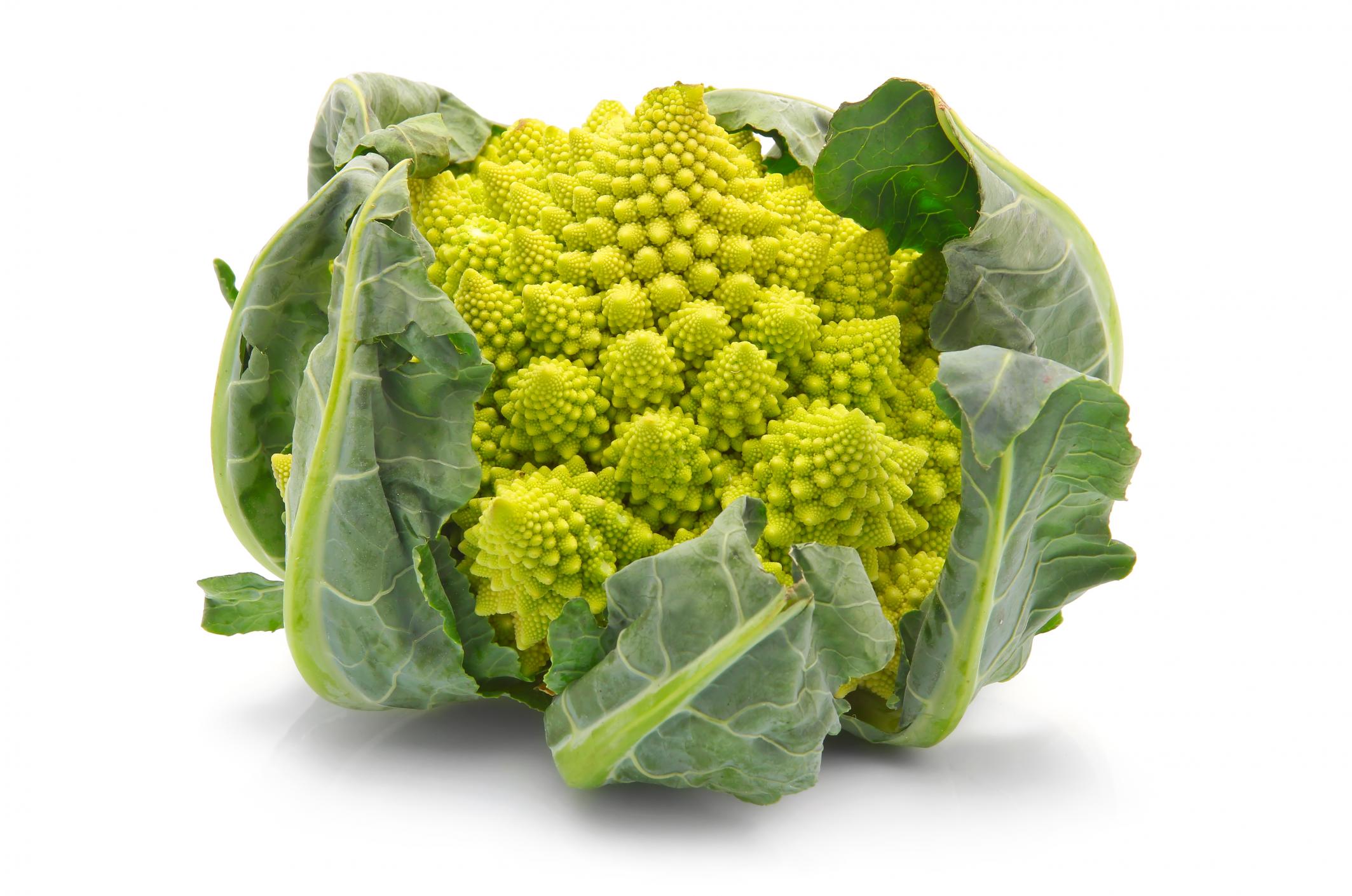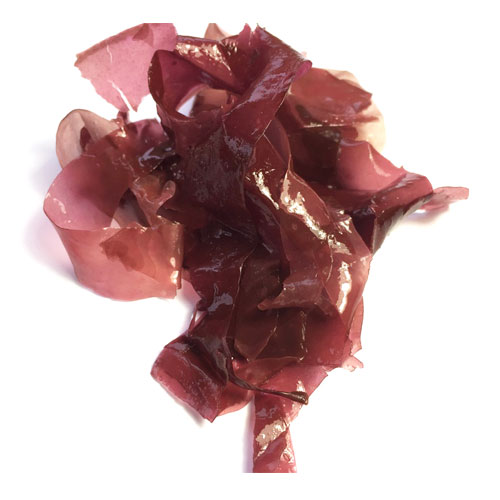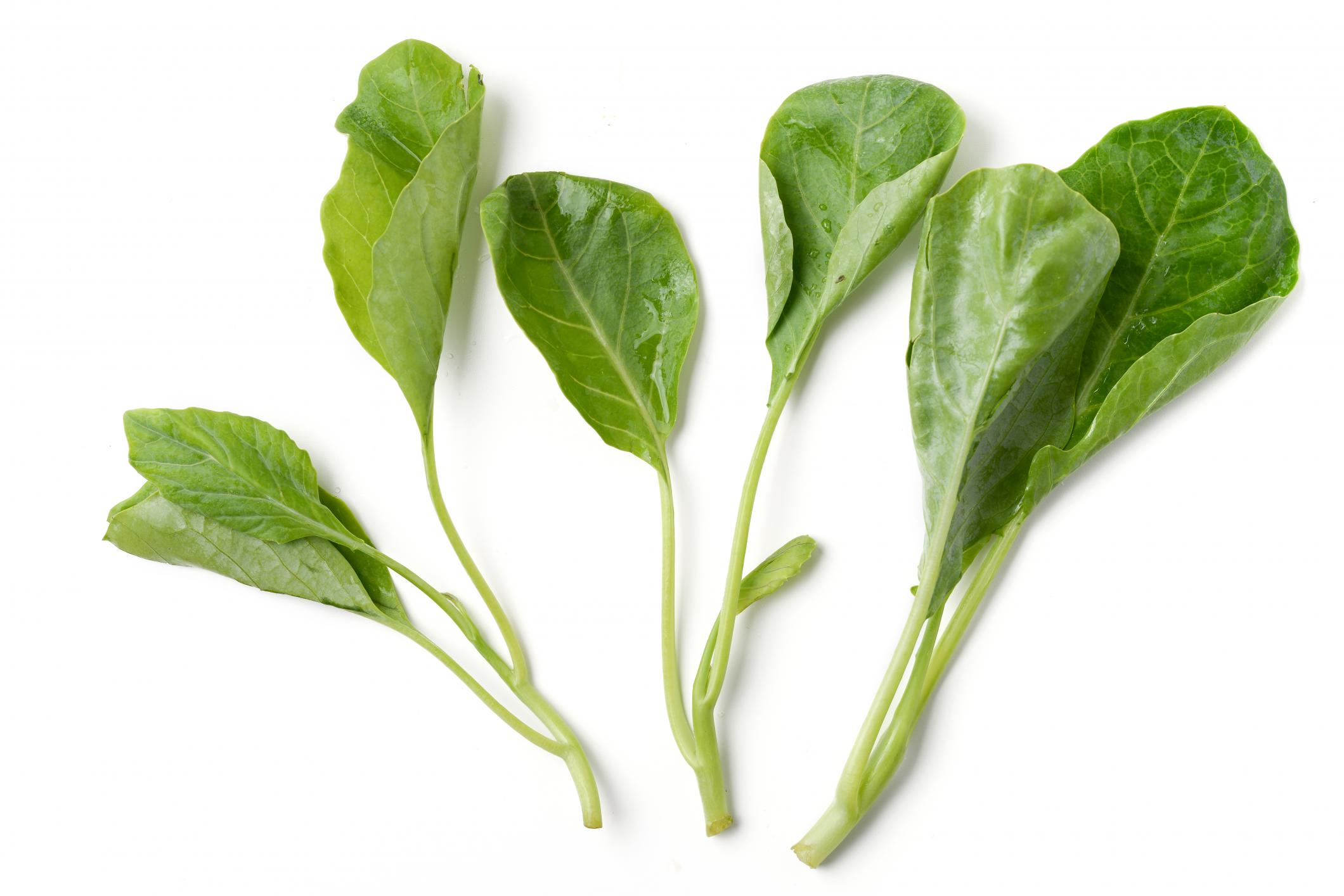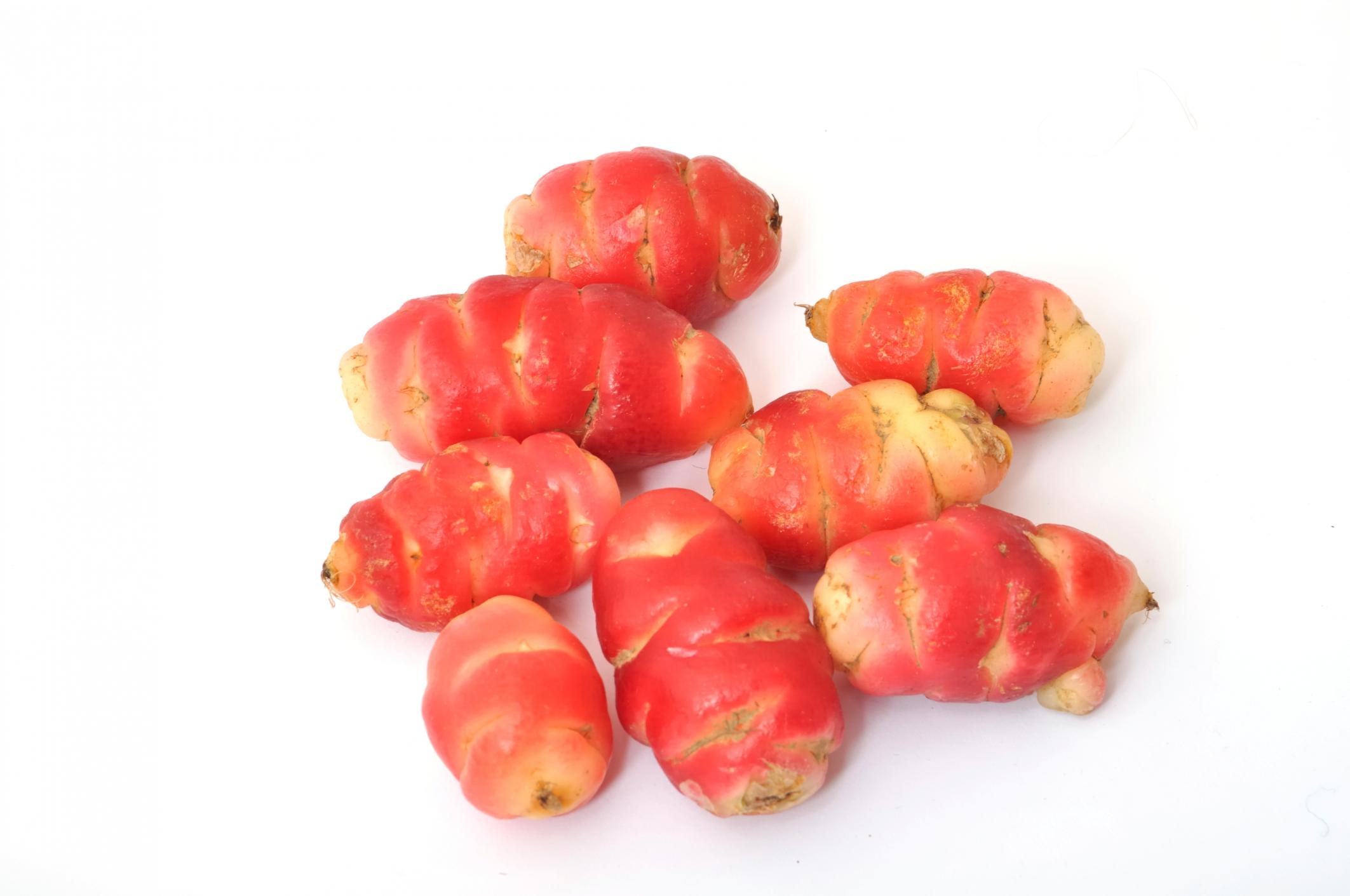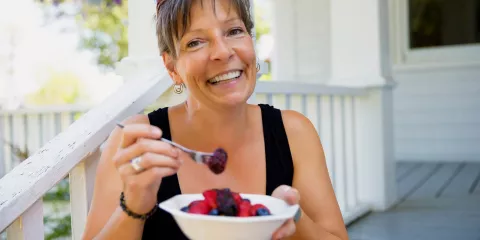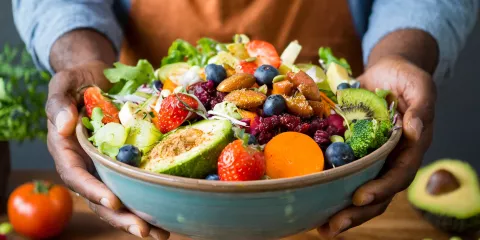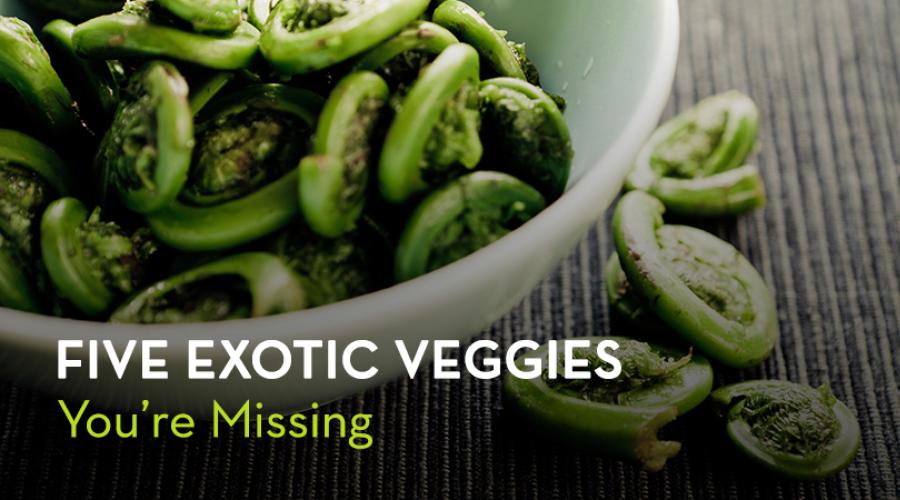
Heart Healthy Vegetables
If you’re the kind of person who flinches when the words “heart-healthy” and “vegetable” are used in the same sentence (or when you find the combination of these words heaped high on a dinner plate), you might not be aware of all the different and wonderful flavors that the wide world of healthy veggies has to offer. Sure, it can be tricky finding interesting new ways to eat well, but according to some studies, when you commit to trying new foods you can introduce new nutrients to your diet and improve your overall health.
Not only can trying new healthy vegetables help you feel better, they keep your breakfasts, lunches, and dinners from being a snore. These five exotic, healthful veggies are extremely versatile and provide new ways to enjoy many essential nutrients. Try adding one of them to your favorite dishes.
Romanesco
Romanesco belongs to the broccoli, cauliflower and kale family. Romanesco has a slightly nutty flavor and a beautiful yellow-green chartreuse color. A cross between broccoli and cauliflower, Romanesco can be identified by its beautiful geometric shape. Its conical pyramid base spirals up in fractal form to a flowering point. Romanesco is low calorie yet a good source of vitamins C and K, and fiber. Replace your broccoli or cauliflower with Romanesco for a twist on many classic recipes.
Romanesco came from Italy and only recently became popular in American cuisine, according to Mario Batali.
Look for it sold under any of these pseudonyms: Roman cauliflower, Broccolo Romanesco, Broccoflower and Buzzy Broc. Your local farmers market probably carries the exotic broccoli in August and September.
Dulse
Dulse is a chewy seaweed, common in Ireland, Scotland and Wales. Like other sea vegetables, dulse comes packed with nutrients. Unlike sushi seaweed and kelp, dulse has a deep red hue similar to beets. Dulse is an excellent source of iodine, iron and potassium.
You can eat this exotic vegetable dried or fresh. In the United States, you can find it dried in snack packs. Add dulse to salads, soups and sandwiches for a rich and healthy garnish. For a fun and impressive dessert, try making Irish dulse soda scones.
While dulse can be hard to find fresh, you might spot it in specialty stores in the North Atlantic and Pacific Northwest, or through online retailers such as Amazon. Dulse may also be sold under the names palmaria palmata, dillisk, dilsk, red dulse and sea lettuce flakes.
Gai Lan
Gai Lan also belongs to the exotic broccoli family. It is sometimes known as Chinese kale. Gai Lan is popular for stir-fry dishes, but also delicious steamed or sautéed.
This exotic vegetable is rich with beta carotene. Just one cup also gives you a healthy dose of vitamins C, A, and K.
Gai Lan is popular in Chinese, Vietnamese and Thai cuisines. Identify it by its long green stem and broad, dark leaves. The long slender broccolini is actually a genetic cross between regular broccoli and Gai Lan.
Look for Gai Lan at your farmers market in summer and fall and check for the alternate spelling, “Kai-Lan.”
Fiddleheads
Fiddleheads look as quirky as they sound.
Named for the violin scroll they resemble, these green veggies are actually the coiled tops of ostrich fern plants. They are found in northern climates, including Alaska and British Columbia, as well as northern California, the Upper Great Lakes and Southern Appalachians.
Fiddleheads are high in vitamins A and C and protein yet are very low in calories. For 35 calories, you’ll enjoy nearly five grams of protein, according to the U.S. Department of Agriculture.
Fiddleheads should be cooked before consuming in any form, even if you roast or sauté them later. (Skipping this step could put you at risk for foodborne illness, since fiddleheads are a wild plant.)
Once cooked, fiddleheads can be used almost like any other green vegetable. Add them to your favorite stir-fries, pastas, potato dishes and other recipes calling for greens.
Fiddleheads can be found in early spring, before the ferns open, which renders them inedible. Again, check your farmers market.
Oca
Oca is a colorful tuber with a tangy flavor. It can range in color from yellow to a sultry dark purple, but is often found with more common red-orange flesh. Eat oca as you would potatoes: raw in salads or baked, steamed and mashed.
Oca is rich in vitamin C, riboflavin and fiber, and has fewer calories than regular potatoes.
Oca is popular in South America and New Zealand dishes. Sadly, you’ll have a difficult time finding oca in the United States because it’s not commercially grown here.
Everyday Vegetables That Are Good for Your Heart
Sure, exotic vegetables like these can help introduce plenty of heart-healthy nutrients into your diet, but did you know that there are plenty of more common veggies that will do almost as much for your heart? Here are a few more familiar heart healthy vegetables to try out.
- Leafy green vegetables, like spinach or kale: These greens help by providing vitamins C & E, plus folate, potassium, fiber and more.
- Sweet potatoes and carrots: As antioxidants, sweet potatoes and carrots may help reduce your risk of cancer. Plus, they’re packed with vitamin A.
- Tomatoes: Although they’re technically a fruit, tomatoes have lycopene in them, which may reduce bad cholesterol.
There are so many colorful and delicious ways to spice up your meals without sacrificing heart health. For some great options, why not try our easy lunches and breakfasts cookbook?
